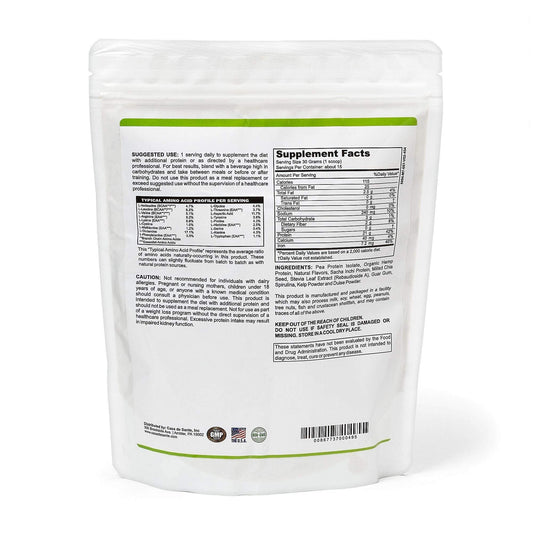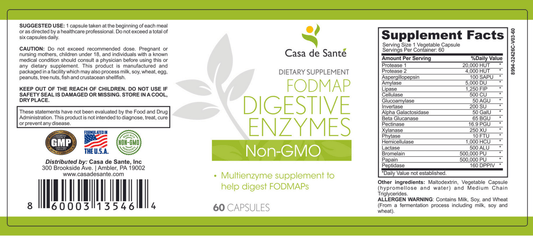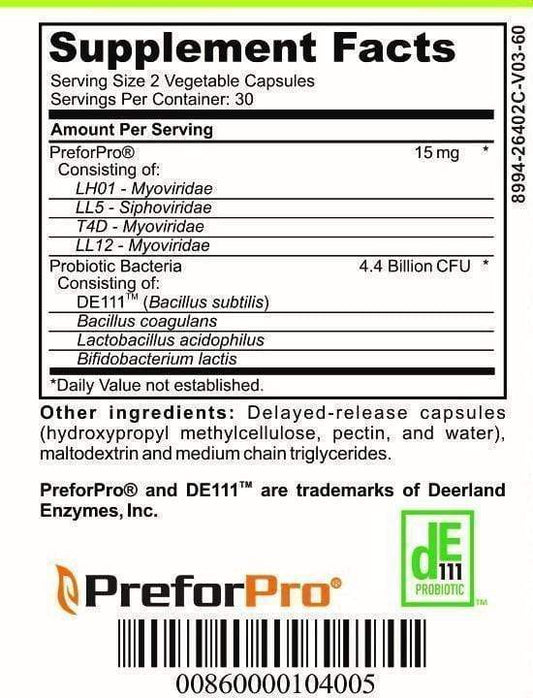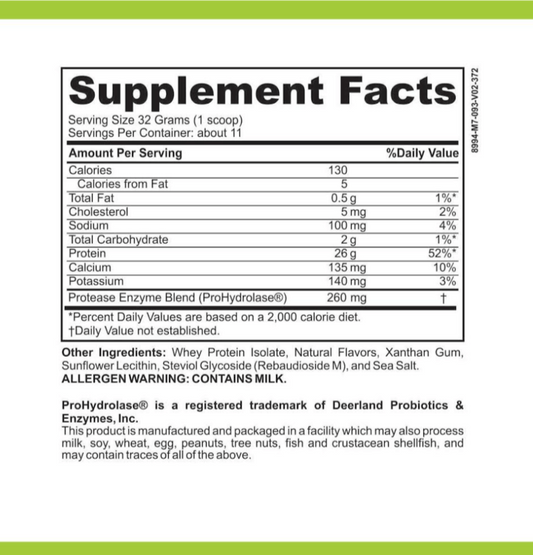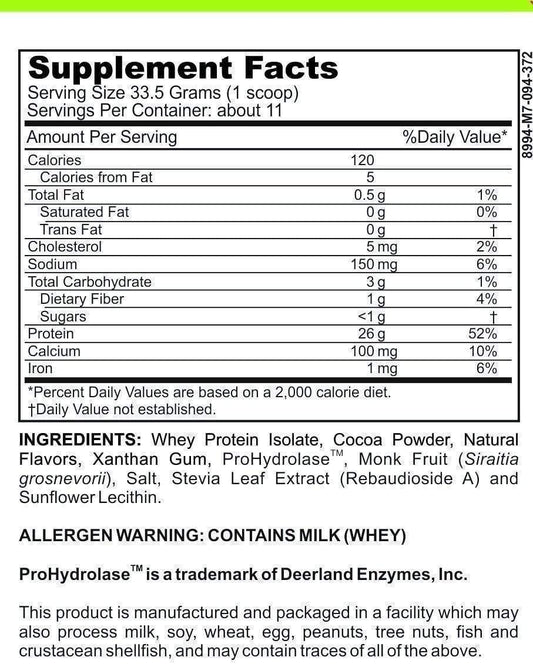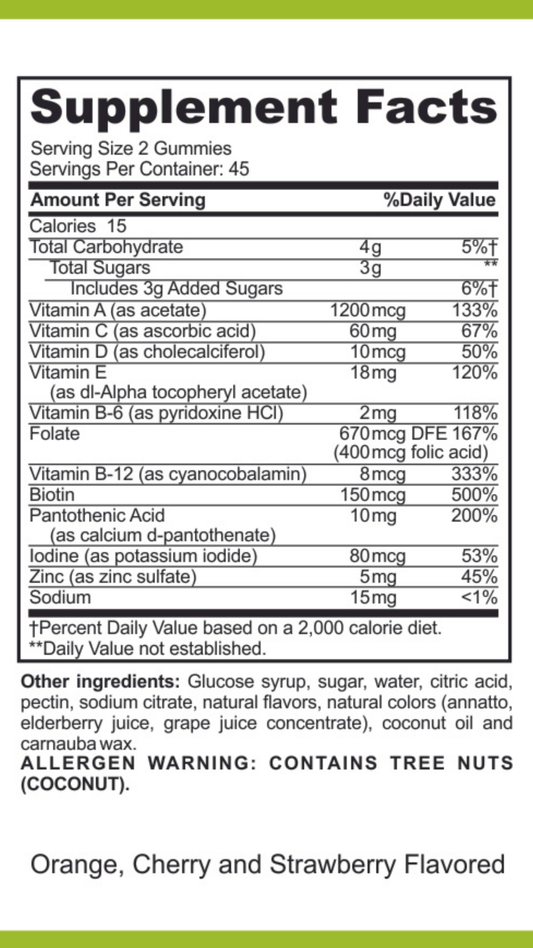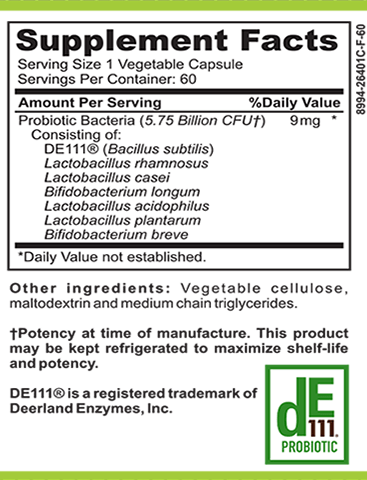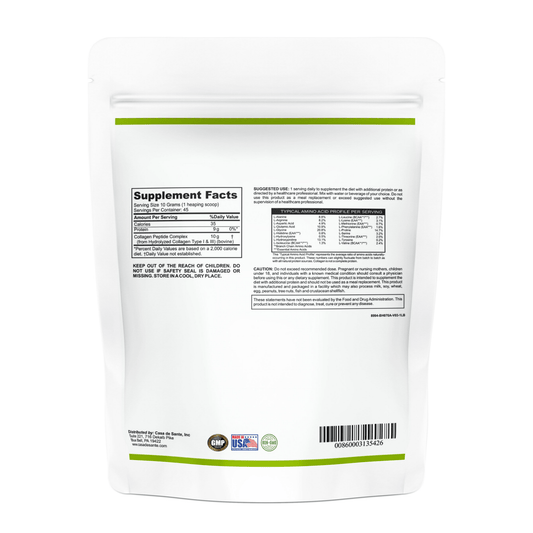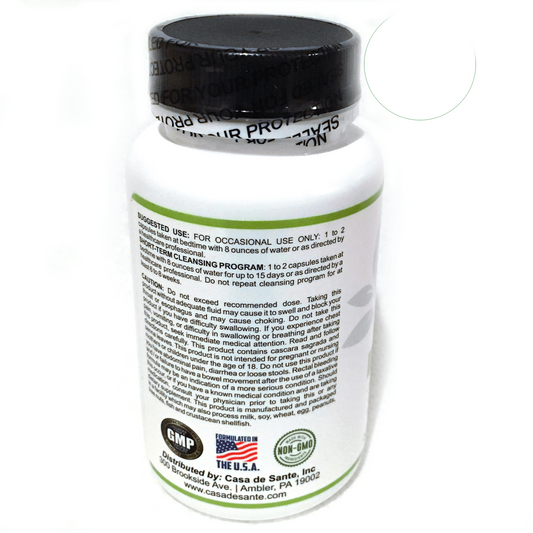Medical Definitions
Medical Definitions
In the realm of medicine, understanding and interpreting medical terminology is of paramount importance. Medical definitions, encompassing a plethora of intricate terms, can be perplexing to the uninitiated. However, with careful study and a systematic approach, one can decipher the mysteries behind medical jargon. By breaking down terms into their constituent parts and considering their context, medical definitions become easier to comprehend. This article elucidates the nuances of medical terminology, delves into its basic structure, highlights common prefixes and suffixes, and provides a comprehensive list of medical abbreviations.
Understanding Medical Terminology
Medical terminology is the language of healthcare professionals. It serves as a common ground that enables effective communication and understanding among medical practitioners worldwide. By utilizing a specialized vocabulary, medical professionals can articulate precise and concise descriptions of conditions, procedures, and body parts. By acquiring a solid foundation in medical terminology, healthcare providers can effectively convey information, ensuring patient safety and optimal care.
The Importance of Medical Terminology
Medical terminology plays a pivotal role in the field of medicine due to its numerous benefits. Firstly, it aids in facilitating accurate diagnosis. Understanding the meaning of medical terms allows physicians to evaluate symptoms and medical history, leading to a more accurate identification of conditions. For example, a patient presenting with symptoms such as "polyuria" (excessive urination) and "polydipsia" (excessive thirst) may be diagnosed with diabetes mellitus. Without a comprehensive understanding of medical terminology, such accurate diagnoses would be challenging.
Moreover, medical terminology enhances patient safety by preventing errors in treatment administration. For instance, the term "decimal" may be used to indicate a dosage, eliminating any ambiguity. This ensures that healthcare professionals administer the correct amount of medication, reducing the risk of adverse effects or inadequate treatment.
Furthermore, mastering medical terminology empowers healthcare professionals, providing them with confidence in their daily interactions and discussions within the medical community. Effective communication among healthcare providers is crucial for collaborative decision-making, ensuring that patients receive the best possible care. By speaking the same language, medical professionals can exchange information seamlessly, share knowledge, and work together to develop innovative treatment strategies.
Basic Structure of Medical Terms
Medical terms consist of various components, including prefixes, root words, and suffixes. Understanding the structure of medical terms allows healthcare professionals to derive meaning from unfamiliar terms more efficiently.
Prefixes are placed at the beginning of a term and modify the meaning of the root word. For example, the prefix "hyper-" denotes excessive or increased, and it can be used to describe conditions such as hypertension (high blood pressure) or hyperactivity (excessive movement or restlessness).
The root word serves as the core of the medical term and provides the main meaning. For instance, the root word "cardio" refers to the heart, as seen in terms like cardiology (the study of the heart) or cardiomyopathy (disease of the heart muscle).
Suffixes are affixed to the end of a term and typically indicate a condition, procedure, or body part. An example of a suffix is "-itis," which signifies inflammation. This can be observed in terms like arthritis (inflammation of the joints) or dermatitis (inflammation of the skin).
By breaking down medical terms into their constituent parts, healthcare professionals can decipher the meaning of complex terminology more easily. This knowledge allows for effective communication and ensures accurate documentation of medical conditions, procedures, and treatments.
Common Medical Prefixes
Prefixes are an integral part of medical terminology, as they modify the root word to convey specific meanings. Several prefixes are commonly encountered in medical terminology, each serving a distinct purpose. Some prefixes indicate numbers and measurements, such as "uni-" representing one, "bi-" indicating two, and "quadri-" denoting four. These prefixes are utilized in various medical terms to describe quantities or counts pertaining to body parts or substances. Additionally, prefixes indicating location and direction are frequently used, providing insight into the spatial aspect of medical conditions. Examples include "hypo-" for below normal, "super-" for above normal, and "trans-" for across or through.
Understanding the prefixes related to numbers and measurements is crucial when interpreting medical terminology. These prefixes play a significant role in describing the quantity or magnitude being referred to. For instance, the prefix "mono-" suggests singularity or one, as seen in terms like mononucleosis, which signifies an abnormal increase in the number of mononuclear cells. Similarly, the prefix "bi-" indicates duality or two, as observed in words like bicuspid, describing a tooth with two cusps. Other numerical prefixes, such as "tri-" for three and "tetra-" for four, also exist and are essential to accurately decipher medical terminology.
Prefixes Indicating Numbers and Measurements
When interpreting medical terminology, prefixes related to numbers and measurements are crucial in understanding the quantity or magnitude being described. For instance, the prefix "mono-" suggests singularity or one, as seen in terms like mononucleosis, which signifies an abnormal increase in the number of mononuclear cells. Similarly, the prefix "bi-" indicates duality or two, as observed in words like bicuspid, describing a tooth with two cusps. Various other numerical prefixes exist, emphasizing the importance of comprehending their meaning to decipher medical terminology accurately.
Furthermore, prefixes like "quadri-" and "penta-" are used to indicate four and five, respectively. These prefixes find application in medical terms such as quadriceps, which refers to a group of four muscles at the front of the thigh, and pentose, a type of sugar containing five carbon atoms. By understanding these numerical prefixes, medical professionals can better communicate and describe specific quantities or counts related to body parts, substances, or medical conditions.
Prefixes Indicating Location and Direction
In medical terminology, prefixes related to location and direction offer valuable insights into the positioning or movement associated with a particular condition. For instance, the prefix "hypo-" indicates a state of being below normal, as in hypotension, referring to low blood pressure. Conversely, the prefix "super-" implies a state of being above normal, such as in supersonic, which denotes speeds exceeding the speed of sound. Another important prefix is "trans-," often used to describe the passage or movement through a particular medium or structure. For example, transdermal medications are administered through the skin.
Moreover, prefixes like "sub-" and "hyper-" are used to indicate below and above, respectively. These prefixes are commonly encountered in medical terms to describe the location or intensity of a particular condition. For instance, subcutaneous refers to something situated or occurring beneath the skin, while hyperthyroidism denotes an overactive thyroid gland. By understanding these prefixes, medical professionals can accurately describe the spatial aspect of medical conditions, aiding in diagnosis, treatment, and communication among healthcare providers.
Common Medical Suffixes
Suffixes, similar to prefixes, play a crucial role in medical terminology by providing essential information about the conditions, procedures, or body parts being discussed. These suffixes can assist in identifying the nature of a disease or the anatomical structure involved. Familiarity with a range of suffixes enhances one's ability to comprehend medical terminology more effectively.
Suffixes Indicating Procedures and Conditions
Several suffixes indicate procedures or conditions within medical terminology. For instance, the suffix "-ectomy" signifies the surgical removal of a body part or organ. An example is a mastectomy, which denotes the removal of the breast tissue. Another example is the suffix "-oscopy," which relates to a visual examination using an endoscope, such as colonoscopy or arthroscopy. By understanding these suffixes, healthcare professionals can easily decipher the nature of various procedures and conditions.
Suffixes Indicating Body Parts and Systems
Suffixes are also utilized to identify specific body parts or systems within medical terminology. For example, the suffix "-itis" denotes inflammation. Common examples include arthritis, which signifies inflammation of the joints, and gastritis, referring to inflammation of the stomach lining. Similarly, the suffix "-ology" signifies the study of a particular body part or system. An example is cardiology, which focuses on the study of the heart. Understanding suffixes related to body parts and systems enables healthcare professionals to identify the areas of concern within medical contexts.
Comprehensive List of Medical Abbreviations
Medical abbreviations expedite communication among healthcare professionals, facilitating quick and efficient transmission of information. However, the extensive list of medical abbreviations can be overwhelming and difficult to remember. Familiarizing oneself with commonly used medical abbreviations is essential for efficient and accurate healthcare interactions.
Abbreviations for Medical Specialties
Medical abbreviations pertaining to different specialties help healthcare professionals in quickly identifying the relevant area of focus. For instance, "OB/GYN" represents obstetrics and gynecology, a medical specialty dealing with pregnancy and female reproductive health. Similarly, "ENT" refers to otolaryngology, encompassing conditions related to the ears, nose, and throat. Knowledge of these common medical abbreviations enables efficient communication and enhances interprofessional collaboration.
Abbreviations for Common Medical Terms
Abbreviations for common medical terms often serve as shorthand in medical documentation. For example, "BP" is used to denote blood pressure, "HR" indicates heart rate, and "CNS" represents the central nervous system. Familiarity with these abbreviations expedites patient care, ensuring that medical records are concise, accurate, and easily comprehensible to all healthcare professionals involved.
Decoding Complex Medical Terms
Complex medical terms may appear daunting at first glance, but by breaking them down into their constituent parts, comprehension becomes more attainable. By identifying the prefixes, root words, and suffixes within a term, one can deduce the meaning based on their individual definitions. Additionally, considering the context in which the term is used aids in its interpretation. The utilization of medical dictionaries and reference materials further supports the understanding of complex medical terms.
Breaking Down Medical Terms into Components
Breaking down medical terms into their component parts is the key to comprehension. By analyzing the prefixes, root words, and suffixes, individuals can derive meaning from unfamiliar terms. For example, let's examine the term "hypertension." The prefix "hyper-" indicates excessive or increased, and the root word "tension" refers to pressure. Thus, "hypertension" translates to high blood pressure. Applying this breakdown technique to difficult medical terms facilitates understanding and promotes effective communication in the healthcare setting.
Interpreting Medical Terms Using Context
Context is paramount in understanding the meaning of medical terms. Not only should the immediate sentence or paragraph be considered, but the broader medical context should also be taken into account. By analyzing the surrounding information, such as symptoms, procedures, or related conditions, one can infer the intended meaning of a term. Furthermore, consulting with healthcare professionals or referring to medical literature aids in clarifying any uncertainties regarding the context of complex medical terms.
Mastering medical terminology is an ongoing process that significantly contributes to the effectiveness and safety of healthcare. By comprehending the basic structure of medical terms, recognizing common prefixes and suffixes, and familiarizing oneself with medical abbreviations, individuals can decode intricate medical language. The ability to decipher complex medical terms empowers healthcare professionals to provide accurate diagnoses, communicate effectively within the medical community, and ensure optimal patient care.


